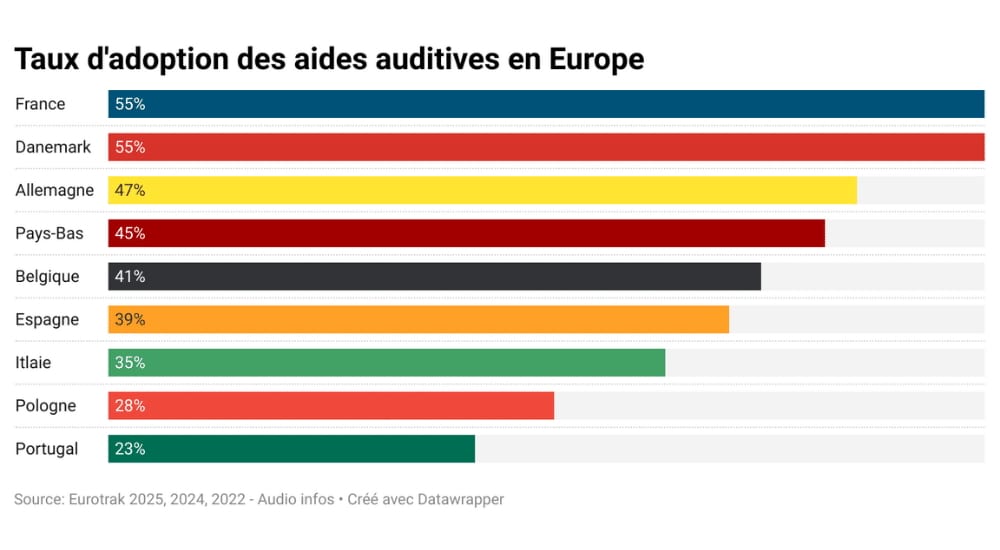Prevalence of otitis media infections among indigenous Australians
Report
A recent report as part of an Australian parliamentary inquiry into hearing health has revealed that Aboriginal and Torres Strait Islander children are at critical risk from otitis media infections.
The newspaper The Australian reports that at any one time up to 90% of children in remote communities are experiencing an ear infection. These infections are known to be related to hearing loss. Moreover, 74% of school-age children in the Anangu Pitjantjatjara Yankunytjatjara lands (APY) and Tjarutja lands (central and south Australia) failed a standard hearing test and more than 30% had eardrum perforations.
According to the article, Australia’s general population is in the top three in the world in terms of hearing healthcare, while Aboriginal and Torres Strait Islander children are probably in the bottom three. Hearing abilities are cited as crucial to development: when children are not able to hear correctly, their life trajectory changes for the worse. Hearing difficulties can be associated with depression, negative social interactions, and ultimately substance abuse problems. Even the prevalence of jail terms and suicide are increased in these populations.
The Australian government spends millions of dollars annually on its “Closing the Gap” programs, but hearing loss appears to be overlooked as a factor in the success of these initiatives. Much progress has been made in preventing avoidable blindness in Aboriginal communities, while the authorities are still unable to monitor the national prevalence of ear disease, its geographic distribution and screening rates, along with wait times between referrals and whether timely and appropriate treatments are being made available.
Source: The Australian


